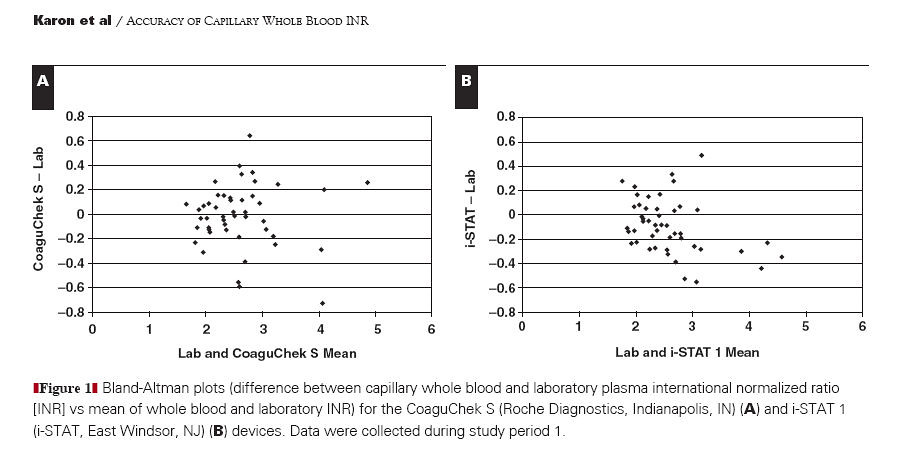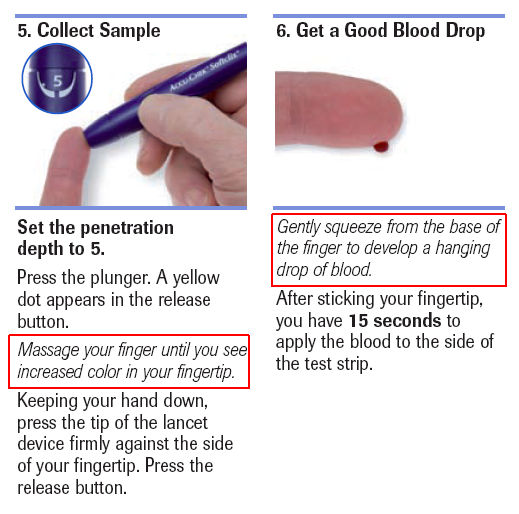UncleSteve
Active member
The head of my local INR clinic is very anti home/self testing, and discovered I now have my own CoaguChek XS and basically ripped in to me about their accuracy and seems to pour scour on anyone else using them and their methods (inc hospitals not under his control).
This manager wants me to get involved with some sort of external accuracy verification scheme to ensure the machines accuracy. Once I twigged his attitude I stopped trying to defend why I want to use my own machine and let him rant on without saying or agreeing to anything as he's clearly better than anyone else!
Are there any others in the UK subscribed to any schemes for external accuracy verification and what are their costs and who is the scheme run by please?
Thanks
This manager wants me to get involved with some sort of external accuracy verification scheme to ensure the machines accuracy. Once I twigged his attitude I stopped trying to defend why I want to use my own machine and let him rant on without saying or agreeing to anything as he's clearly better than anyone else!
Are there any others in the UK subscribed to any schemes for external accuracy verification and what are their costs and who is the scheme run by please?
Thanks





